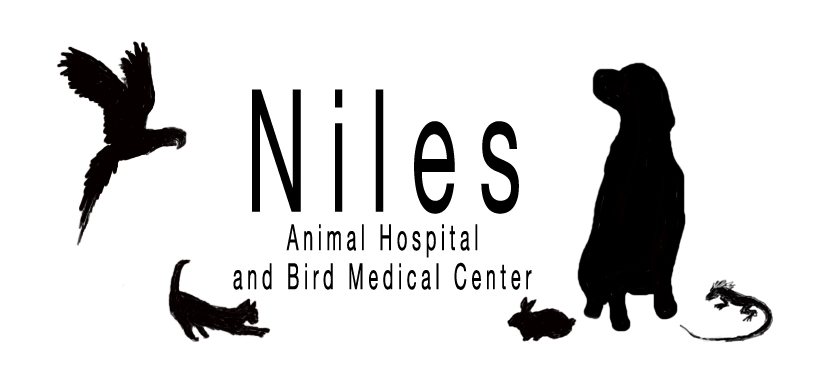From the AVMA SmartHealth Brief
Pet Connection: Dog’s shedding in fall can be just as bad as in spring
Be reassured: It’s perfectly normal.
Dogs typically lose their winter coat in spring, when it is replaced by a shorter, lighter one for summer. In the fall, this cycle is reversed, as the summer coat is shed to make room for heavy protective winter fur. The change is most obvious in “double-coated” breeds such as collies, shelties and keeshonden. Those breeds carry not only a harsh, protective, long overcoat, but also a soft, insulating undercoat — and they lose masses of fur both in spring and fall.
The amount of shedding varies widely from breed to breed. German shepherds, for example, are prolific year-round shedders, while poodles seem to lose little fur at all. Many short-haired dogs actually may shed more than the longhairs, but since the hair they shed is easily overlooked, it may seem as if they are shedding less.
All shedders — even the heaviest — can be tamed by a regular and frequent schedule of bathing, combing and brushing. After all, the fur you grab while grooming your pet won’t end up on rugs or furniture.
If you have a purebred dog, or one that has the characteristics of a purebred, ask a breeder for grooming advice, especially in regard to the proper kind of grooming equipment. The slicker brush that works fine on a poodle won’t make much headway in the thick mane of a full-coated collie at the height of a seasonal shed.
For a short-haired dog, a curry comb or hound glove will do the job well, catching the short fur before it lands elsewhere.
No matter what the breed, shedding — and heavy seasonal shedding — is normal, but some heavy shedding can be a sign of health problems. Skin allergies, hormonal abnormalities and skin parasites may trigger shedding, and poor nutrition can also be a cause of coat problems.
Become familiar with your pet’s normal pattern of shedding and ask your veterinarian for advice if the coat’s condition seems to dull or if you notice excessive overall hair loss or areas of complete hair loss.
Other fall pet-care tips:
• Cold-weather cautions. Assess your pet’s condition, age, level of exercise and weight, and make adjustments for the cold. In general, pets that live mostly indoors need less food (to offset a decrease in activity), and pets that spend more time outdoors need more (keeping warm requires energy and food is the fuel). Don’t forget shelter, and make sure your pet always has access to water that isn’t frozen. Outside or in, heated beds are a good idea, too, and there are many models to choose from at pet-supply outlets.
• Special care for older animals. Cold weather is especially tough on older pets. For elderly animals, it’s not ridiculous to help out by putting a sweater on them when they go outside. Pet-supply outlets have a wide selection, or fashion your own from thrift-store children’s wear.
